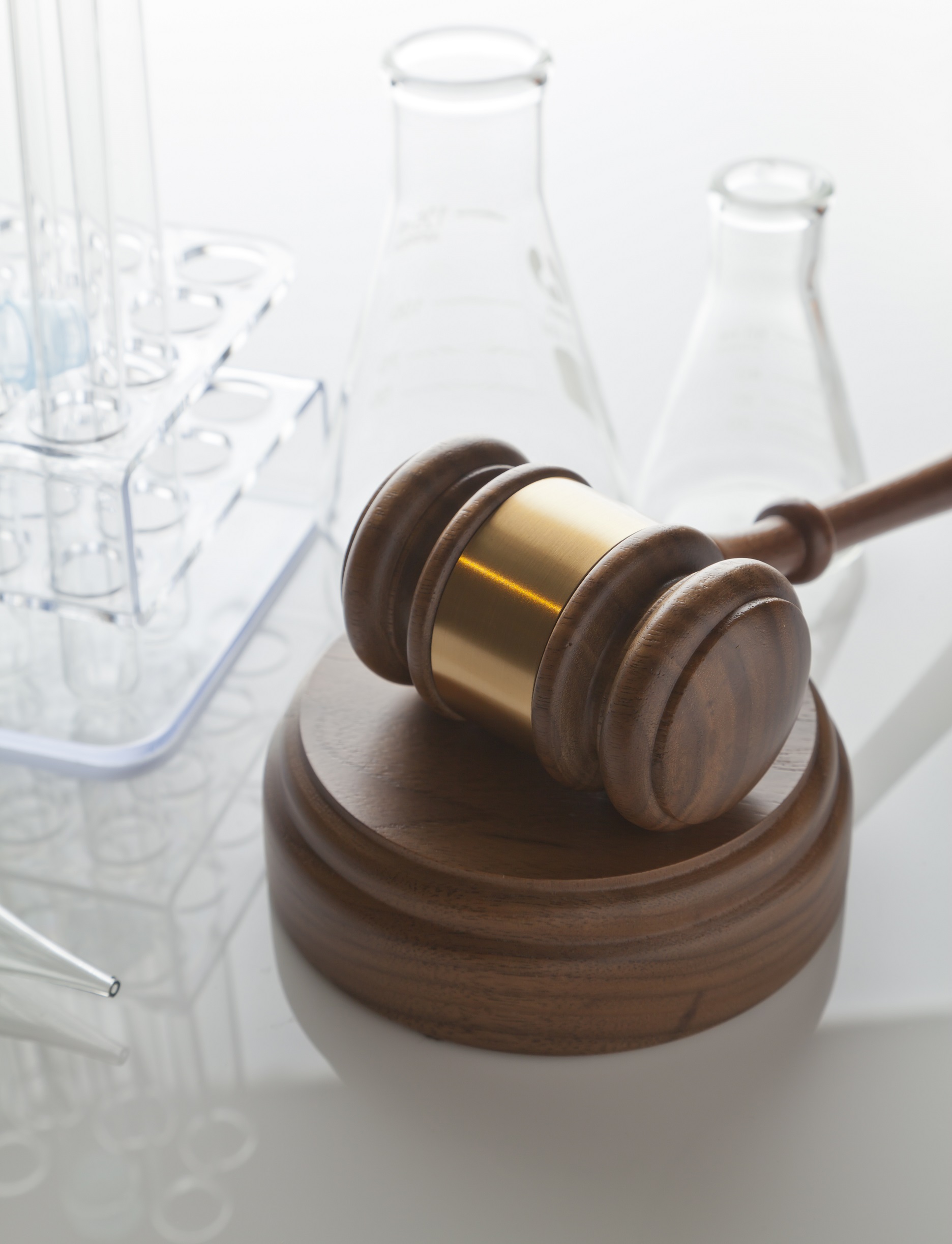In 1976, the Medical Device Amendments of the Federal Food, Drug, and Cosmetic Acts established three regulatory classes for medical devices. The medical device classes are determined by the degree of control necessary to ensure the type of devices are effective and safe. The classifications are Class I through Class III. Class III devices are the most heavily regulated devices defined as a device that supports/sustains human life or is of substantial importance in preventing impairment of human health or present a potential, unreasonable risk of illness or injury1.
All Class III devices require premarket approval by the Food and Drug Administration (FDA) to ensure the safety and effectiveness of the devices. An approved Premarket Approval Application (PMA) is a private license granted to the applicant for marketing a particular medical device1. If a device fails to meet the PMA requirements it cannot be marketed. Premarket approval requirements apply differently to pre-amendments, post-amendments, and transitional Class III Devices; all transitional devices are devices that are automatically classified as Class III.
For determination of a Class III device, the applicant can submit a PMA or Product Development Protocols, or they can petition the FDA to reclassify their device. The FDA Modernization Act of 1978 added that PMA supplements are required for all changes that affect the effectiveness and safety of a device. Manufacturing changes required a 30-day notice or if FDA believes notice is inadequate a 135-day PMA supplement. The FDA notifies the public of approved PMA by making them available on the FDA’s Devices Approved page with a summary of the device’s effectiveness and safety. Then the applicant is allowed a 30-day petition period for the device.
A device class petitioner can request a formal hearing or a review of the application if they deem the device was misclassified; the FDA decides if they will grant or deny the petition and publish a notice in the Federal Register. EMMA International can help prepare a medical device manufacturer for a Premarket Approval Application and the entire FDA review process. Whether it is preparing long before the submission of the PMA or preparing for immediate submission, EMMA International can set an organization up for success. EMMA International provides Full Circle Consulting services, give us a call at 248-987-4497 or email us at info@emmainternational.com to get in touch with our team of experts today.
_______________________
[1] FDA (December 2021) PMA Approvals, Retrieved 04/11/2022 from https://www.fda.gov/medical-devices/device-approvals-denials-and-clearances/pma-approvals





